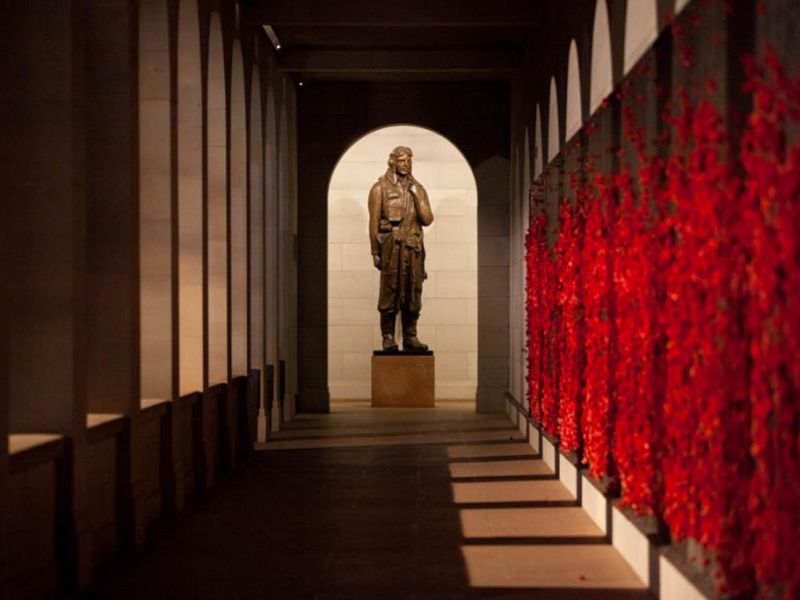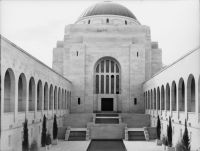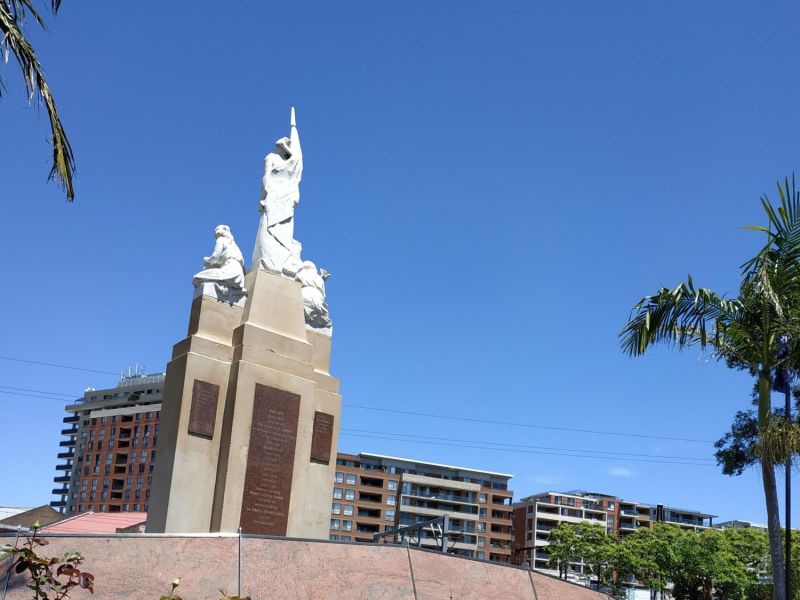Private Orphwood Henry Jack Heasman, 2/30th Australian Infantry Battalion
Orphwood Heasman was born on 15 January 1914 in the Western Sydney suburb of Auburn. Growing up alongside his siblings Vera, Francis and Bob, he attended school at nearby Granville, and went on to work as a lorry driver.
In 1935 he married Mavis Brodie, and the following year, a son, David, was born to the couple. Twins Dennis and Jack later joined the growing family.
Orphwood Heasman enlisted in the Second Australian Imperial Force on 1 May 1941, and within a week had joined the 2/30th Battalion, which was training in Bathurst.
The first commander of the battalion, Lieutenant Colonel “Black Jack” Galleghan, trained the men hard and they became known as “Galleghan's greyhounds”.
The battalion was part of the 8th Division's 27th Brigade, the last infantry brigade raised for service during the Second World War. At the end of July 1941, Private Heasman and the bulk of the battalion sailed to Singapore on board the Dutch ship Johan Van Oldenbarnevelt as part of the convoy carrying the 27th Brigade. The battalion then continued to Malaya, where it soon put what it had learnt into practice.
Just before midnight on 7 December, Japanese forces landed at Singora and Patani in Thailand, and at Kota Bahru in northern Malaya. They fought against British and Indian troops, until the 2/30th Battalion’s B Company ambushed the Japanese at Gemencheh Bridge on 14 January 1942. The rest of the battalion, located to the rear of this position, engaged the Japanese the next day. It was a brilliant ambush and the first AIF attack against the Japanese. The 2/30th suffered 20 killed or missing believed dead, and 58 wounded, while Japanese casualties were thought to be about 1,000.
The battalion then fought at Ayer Hitam and pulled back in defence of Singapore Island. But there was no stopping the Japanese. By 13 February the battle for Singapore Island was all but over. British forces surrendered two days later. Initially imprisoned in the sprawling Changi prisoner-of-war camp, it was not long before members of the 2/30th were allocated to external work parties. The first parties were dispatched around Singapore and southern Malaya, but Heasman became part of “F Force”, one of the last labour forces to leave Singapore in mid-April of 1943.
F Force consisted of 3,662 Australians and 3,400 British prisoners. Their hardships began when they were sent to Thailand by train, packed into suffocating metal railway trucks with little food and water. After reaching Ban Pong in Thailand, the prisoners were marched over 300 kilometres to half a dozen camps leading toward the Burma border.
To avoid the heat, the prisoners marched at night for as long as 12 to 15 hours. When the monsoonal rains began in May, paths became impossibly slippery and treacherous. Many of the men collapsed and had to drop out.
The bulk of F Force arrived utterly exhausted in mid-May at remote and primitive camps, where problems of supply aggravated widespread outbreaks of cholera, dysentery, malaria, beri beri, and diarrhoea.
Isolated in up-country Thailand, remote from food and medical supplies, and drenched by monsoonal rains, a third of the Australians and almost two-thirds of the British prisoners died.
Orphwood Heasman died of illness on 14 May 1943. He was 28 years old.
Today his body lies at Kanchanaburi War Cemetery in Thailand, under the words, “His duty fearlessly and nobly done, ever remembered”.
- AWM Honour Roll https://www.awm.gov.au/collection/R1691427

 Australian War Memorial
Australian War Memorial